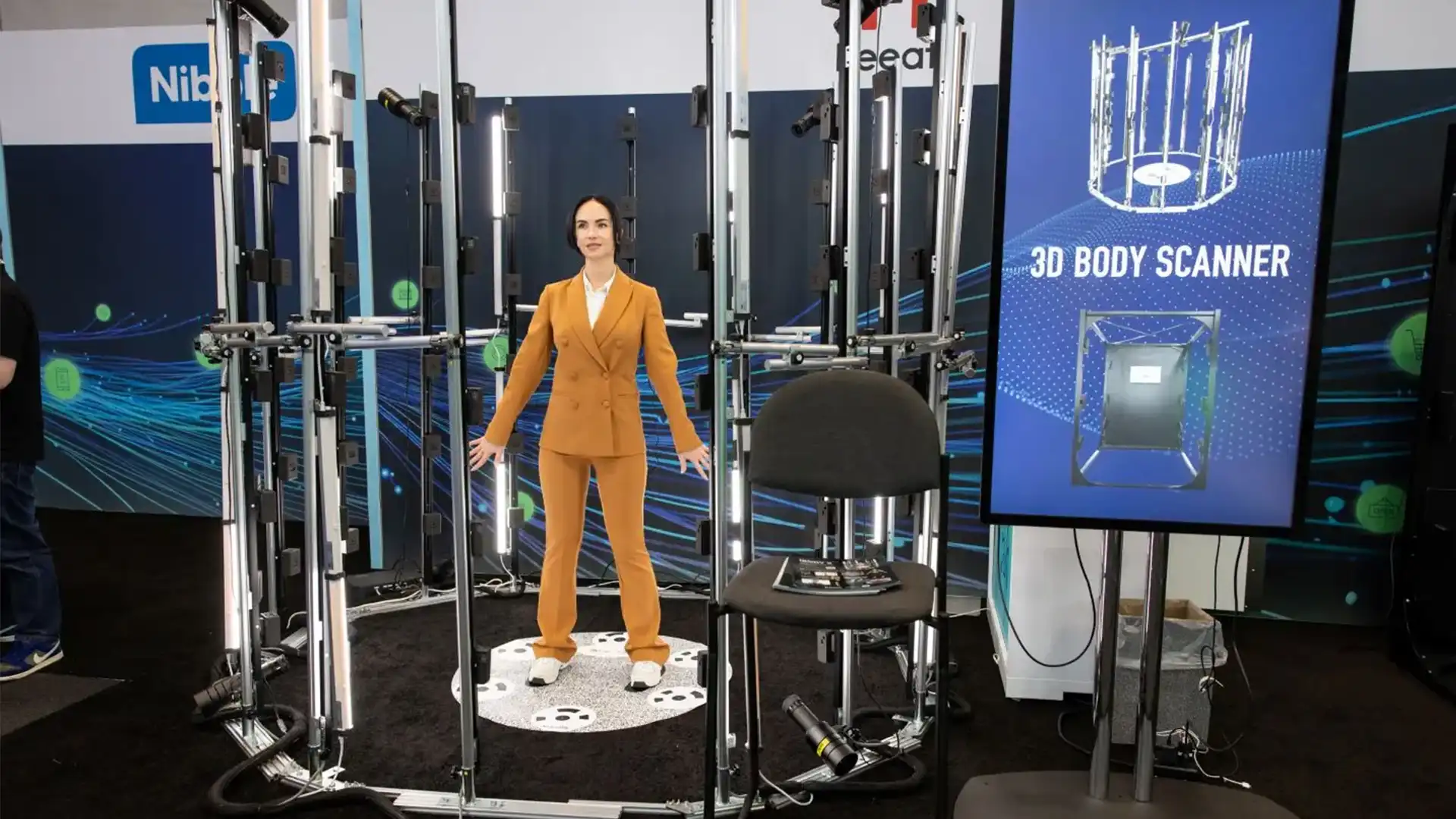During a series of focus panels conducted in Fall of 2021, digital marketing professionals discussed the rising importance of technology-powered hyper-personalization and its impact on customer personas, data privacy and the future of business. Given the increased importance of hyper-personalization and its role in digital marketing, MBA Research then conducted additional research and unpacked this relationship in a three-part Action Brief series covering the following topics:
- Personas and the Hyper-Personalization Evolution
- Hyper-Personalization & Artificial Intelligence (AI)
- The Ethical Implications of AI-Powered Hyper-Personalization
In that series, we explored the use of AI and behavioral data to customize user experiences, a strategy that—while undeniably effective—requires substantial resources. This leads us to the driving question behind this article: What does hyper-personalization mean for small businesses that may have limited resources to invest in AI-powered hyper-personalization technologies?
To learn more about how small businesses are responding to the increased importance of hyper-personalization in businesses, we spoke to representatives from two different small businesses and synthesized their insights with additional research.
The Challenges of Hyper-Personalization
First, it’s important to understand that the benefits of hyper-personalization are well-documented. According to Wavelabs, hyper-personalization “delivers relevant content, products and services that are customized and unique and hence provide added value to the customer.” As a result, businesses that incorporate hyper-personalization into their marketing practices often see an increase in revenue, better customer retention and more accurate data, not to mention more meaningful conversations that are tailored directly to customers’ needs. But there’s a catch...
“Currently, the cost associated with creating the processes and AI workflows far outweigh the return on investment,” says Kyle Wilkerson, Director of Digital Marketing at ForeFront Web, a Digital Marketing Agency in Columbus, Ohio. “The big names have teams of people and millions of dollars to spare for learning and adapting this technology.”
For many small- and medium-sized businesses interested in incorporating AI-powered hyper-personalization practices into their marketing efforts, there are three large barriers:
- Infrastructure. Big Data and AI-powered hyper-personalization technologies require a well-developed technological infrastructure to be fully integrated into a company’s digital marketing processes. Businesses need considerable time, training and resources to develop cutting-edge technological foundations.
- Cost. Comprehensive AI-powered hyper-personalization technologies are expensive. This is why many small businesses decide to incorporate specific, more targeted hyper-personalization tools that are narrower in scope instead.
- Data. To take advantage of the full power of hyper-personalization, businesses need access to substantial amounts of real-time data—which often isn’t feasible for small companies. Efficient data analysis is another major hurdle in setting up a hyper-personalized framework.
According to a report by Deloitte, businesses need a personalization strategy “enabled by the appropriate data, technology, and architecture” to be most effective, including sweeping (and expensive) hyper-personalization processes and staff training. Wilkerson confirms this analysis by sharing that large companies “rely on millions of data points feeding into the AI algorithms with even more data points on individual users.”
The truth? Hyper-personalization is a huge operation that requires quite a bit of company investment—resources that many small businesses simply don’t have.
How Small Businesses Are Responding
While smaller companies may not be able to adopt comprehensive hyper-personalization technologies due to limited resources, they’re often able to incorporate select components to enhance their current marketing processes.
In its report, Deloitte notes that this effort “can be something as simple as personalized email marketing with name and relevant products included based on previous purchases or something more complex such as a custom landing page.” Continuing, the report states “Some examples of these technical solutions include personalized recommendation engines, chatbots and serving specialized ads on social media to a narrower audience.”
Other viable options include focusing efforts on geo-targeting or location-based targeting, website customization and personalized product recommendations based on user behavior, and more thorough and concentrated segmentation in email marketing.
In fact, small businesses like Glenn Avenue Soap Company in Columbus, Ohio, are implementing audience segmentation in their email marketing with success. They are utilizing a combination of insights gained from website activity and email marketing metrics. As they update their marketing and communications systems, they are doing so with an eye on what may position them to benefit from AI powered hyper-personalization in the future.
Conclusion
Many small and medium businesses can, and are, incorporating certain elements of hyper-personalization and utilizing tailored marketing tools, but it will be some time before widespread AI-powered processes are commonplace across organizations small and large.
“Simply put,” says Wilkerson, “it is too early for medium to small businesses to adopt the major components of [AI-powered hyper-personalization] technology.”
Gradually, as these technologies are available and affordable for the masses, the digital marketing landscape will change. Wilkerson is hopeful: “Eventually, it will be a huge return, and the rest of the internet will adapt.”
Learn More
Visit our website to stay up to date on the latest business trends and their workplace implications. Connect with us on social media to share what you’re seeing in the world of AI-powered hyper-personalization.



















